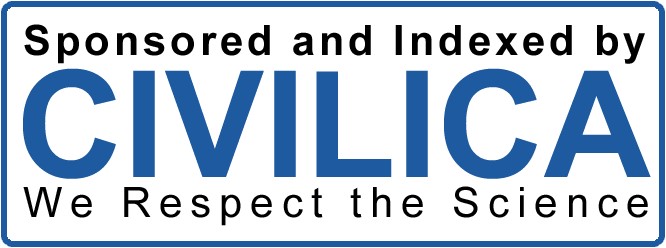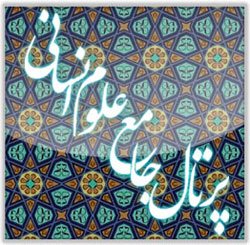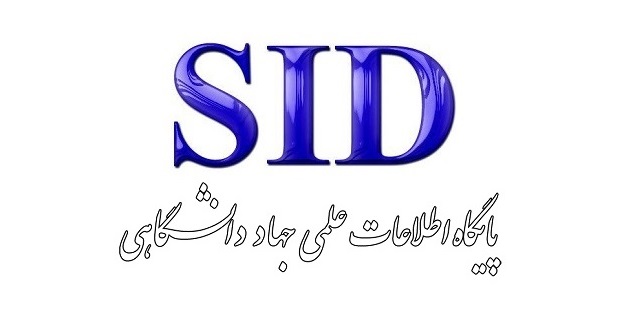Ways to Prevent Unconventional Mahr and Its Role in Preventing Family Disruptions
Keywords:
unconventional dowries, marriage, family, family anomaly, dowryAbstract
Unconventional mahr has become one of the current issues in Iranian society, expanding significantly due to its association with certain social and economic problems. Given the negative consequences and adverse impacts of high and unconventional mahr, this study aims to propose practical solutions in terms of judicial, educational, and executive approaches. The current investigation has shown that marriage contracts are classified as transactions, and from a religious perspective, they are part of secondary rulings. Government intervention to prevent unconventional mahr based on societal interests is both possible and significant. Another solution is to set a ceiling for mahr based on the customary practices of each region, the financial ability of both the husband and wife, and preventing deviation from the established ceiling to ensure that opportunistic individuals do not undermine the philosophical purpose of mahr, which is to foster affection and stability in the family. Additionally, the removal of criminal penalties, such as imprisonment or similar sanctions, is another solution to prevent social anomalies caused by unconventional mahr, as it directs individuals to irreversible or difficult paths due to financial incapacity. Another crucial measure is raising awareness among spouses, especially husbands, so they do not accept the terms of the marriage contract without proper understanding. From a religious standpoint, the husband's acceptance of responsibility for mahr can lead to an uncertain transaction, which is not permissible under Islamic law. The present article employs a descriptive and analytical method, using library resources as the primary tool.
Downloads
Published
Submitted
Revised
Accepted
Issue
Section
License
Copyright (c) 2025 Hossein Ramezani (Author); Hormuz Asadi Kouhbad (Corresponding author); Mohammad Ali Heydari (Author)

This work is licensed under a Creative Commons Attribution-NonCommercial-ShareAlike 4.0 International License.








